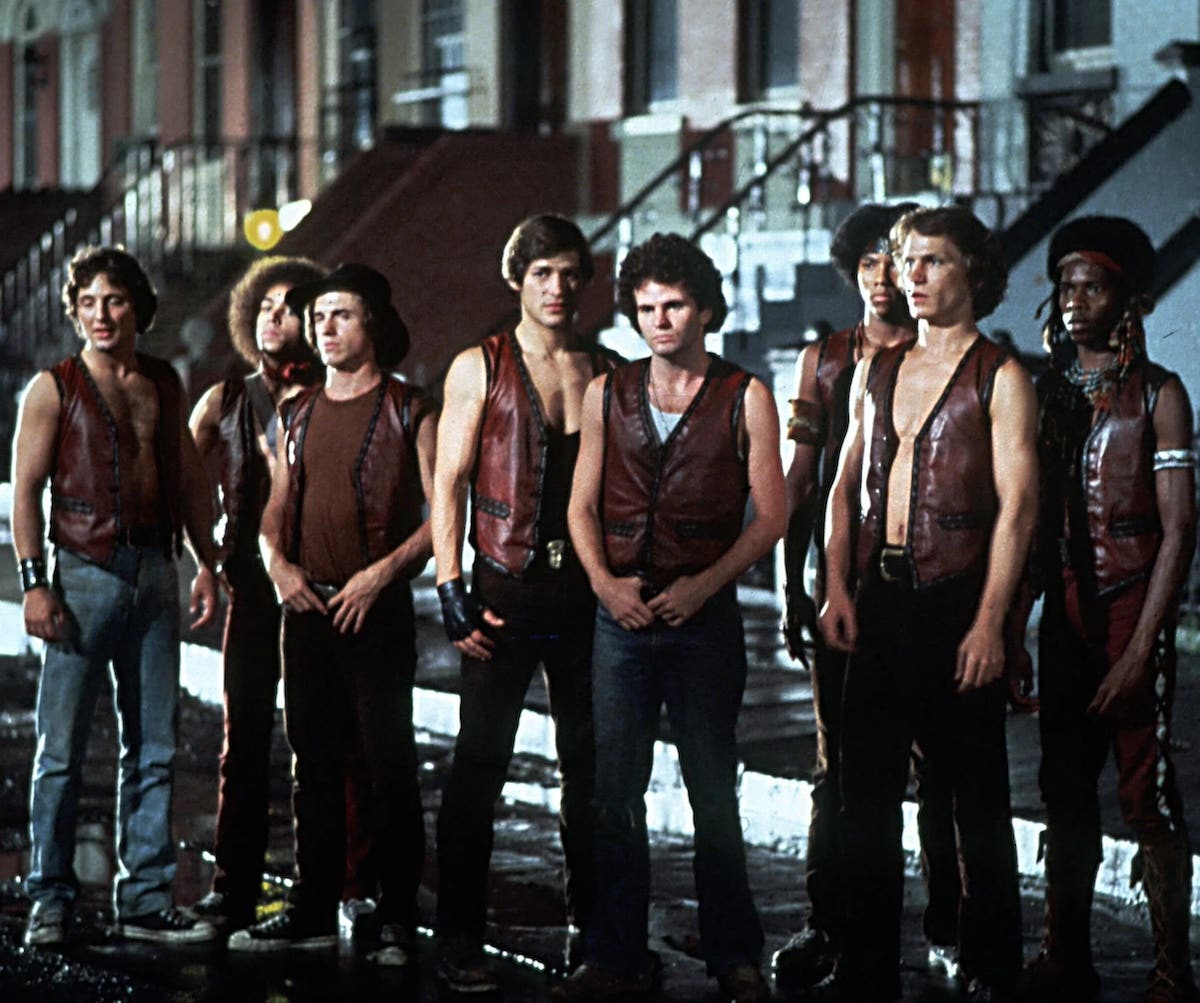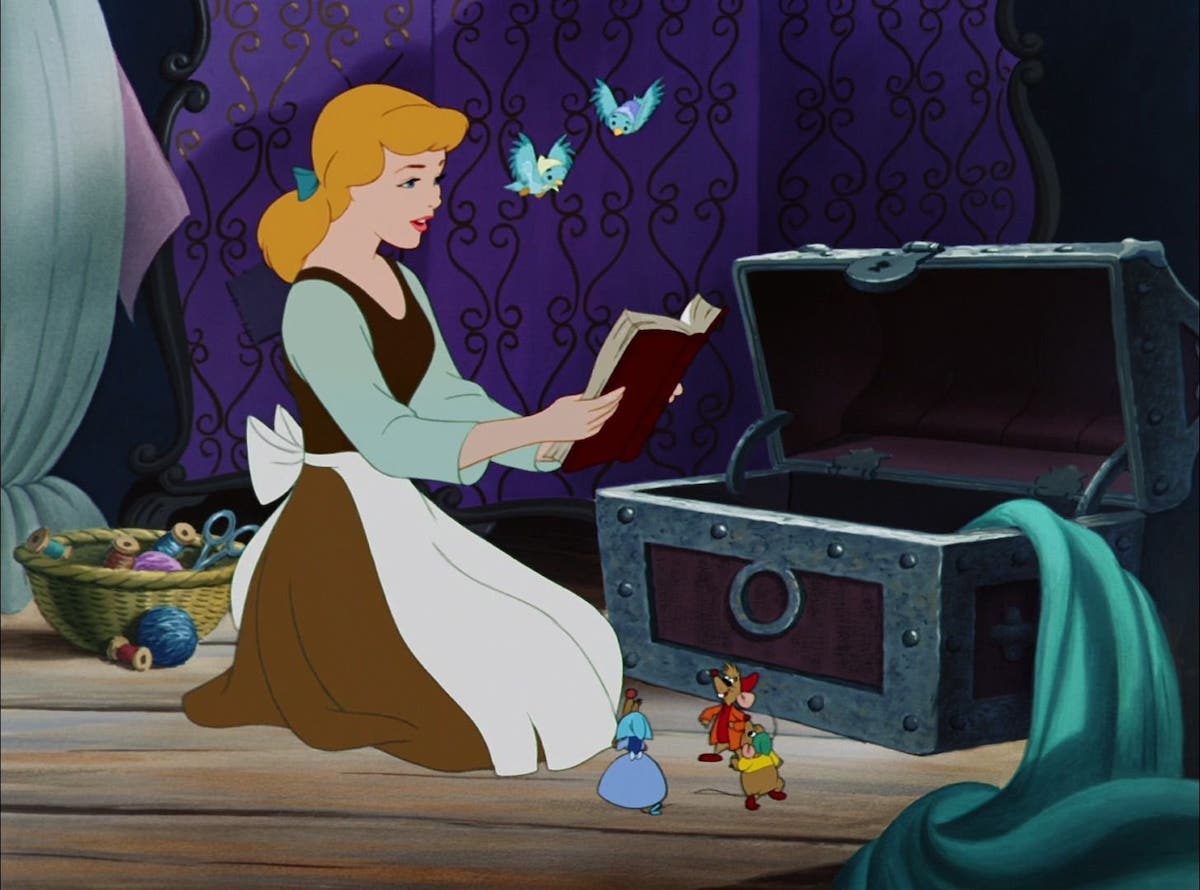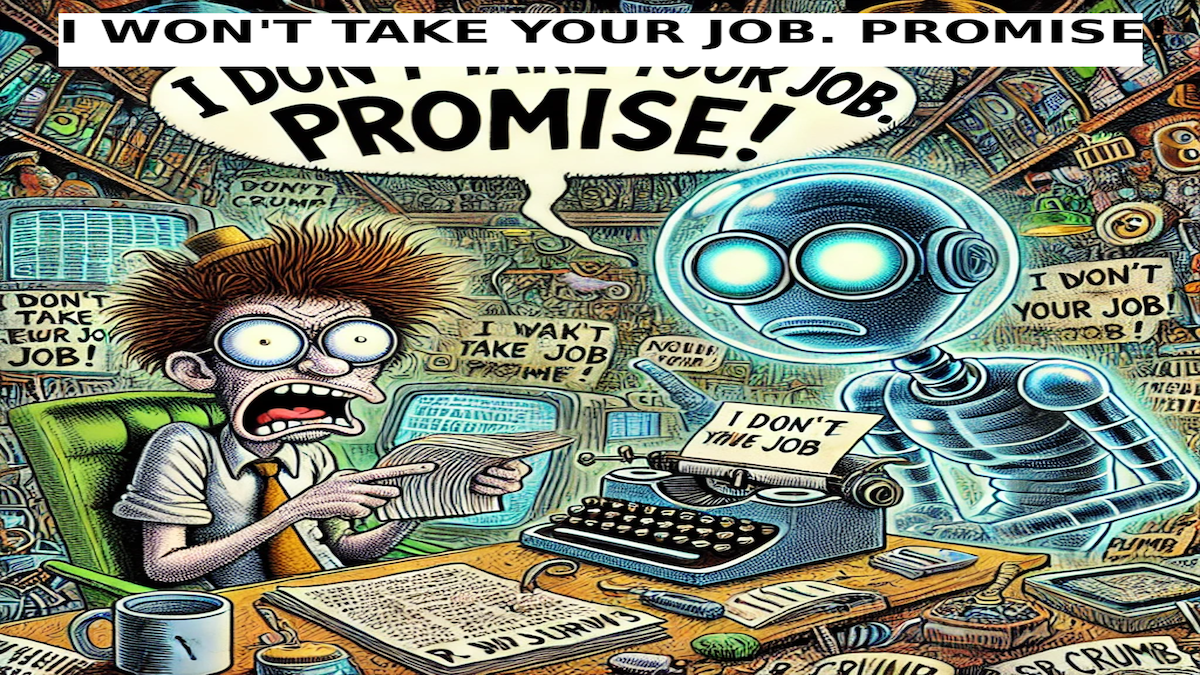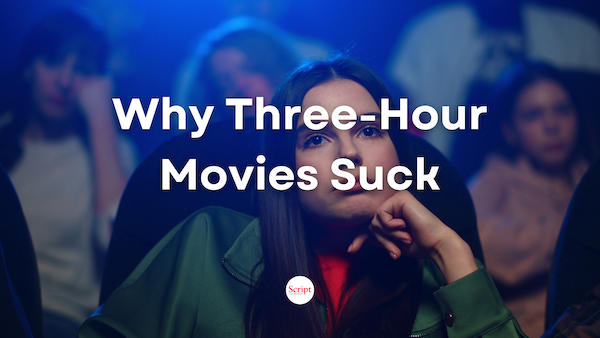WHY SPEC SCRIPTS FAIL: Adapt-A-Phobia – Part 3
At various times in our lives we all suffer from some sort of Adapt-A-Phobia. Today, information flies at us so fast we are overwhelmed with the data, Part 3.
Stewart Farquhar holds Screenwriting and Advanced Screenwriting certificates from the Professional Program at The UCLA School of Theatre Film and Television. Stewart has analyzed over 4,000 scripts for private and studio clients. Follow Stewart on Twitter @stewartfarquhar.
In a spec script, not only is the ability to tell a story and create an environment supreme, how it looks on the page has taken on a paramount significance in this computer age. All submissions will soon complete the move to digital. I discussed this in Part 1 and Part 2 of this series on Adapt-A-Phobia.
It’s a simple fact that just about everything associated with filmmaking has migrated into the digital realm. It would not surprise me to see only tablet style devices on production sets within 5 years. Think, in an instant, script changes beamed to all dedicated small screen devices as soon as approved.
Ugh! So much for the personal touch.
In Adapt-A-Phobia Part 2 I touched on The Fold, a term borrowed from newspaper parlance, and its new significance for reading script and novel pages on some style digital display.
A reader scrolls below “the fold” when compelled to. The overworked reader is compelled to do this either by assignment or interest. Which would you prefer?
Your task? Seduce a reader to follow your character’s journey. If you can’t entice a gatekeeper to go below “the fold” on page 1, in most cases the reader has already decided that you are not a storyteller and there’s a laborious read ahead. You’ve now successfully created a subliminal negative impression.
Today’s technology has enhanced the ability to produce, format and submit a story. Unfortunately, software has done little to improve either the art or craft of storytelling, just the mechanics.
A writer demonstrates story skills when s/he creates a world that will eventually develop into a novel or script with a dramatic blend of environment, narrative, dialogue and emotion. This talent requires a proficiency in both storytelling skills.
The lack of storytelling proficiency is a major reason for a “pass” on your work. The presence or absence of this talent is evident in the first sentence. Interest either goes up or goes down after that.
What’s a screenwriter to do?
Think back to the stories and storytellers you admire. Why do you admire them? How do they start?
How do your favorite scribes keep you reading?
Today consider your on-screen half-script page or half-novel page as the landing page of a website. Reflect on what you do when a web page is a slow load or doesn’t capture you.
Due to this reduced page length/height, the effective “reading pages” of your tome may now double.
Welcome to the new reader’s paradigm.
Today’s writers in all genres and styles must create text that is short and to the point. A reader appreciates concise and easy to scan writing. They look for who to follow on the first “screen page.”
Few of today’s readers, professional or otherwise, will read the likes of Chaucer, Dostoevsky, Hemingway or Tolstoy unless required to or they “liked the movie.” In this day and age too many distractions compete for attention. I detailed many of those in Adapt-A-Phobia Part 1
- Answer your story’s “why should anyone care” question.
- Demonstrate, by action/behavior, why a busy reader should go below “the fold.”
- Understand that today’s digital readers are no longer willing to wade through backstory for story.
- Limit each 2-3 line paragraph to one idea or one character.
- Limit each line of dialogue to 3 lines or less. This will leave you more room for story.
Writing for the video screen reader requires you to entice the reader line by line. Tidbits encourage them to take a journey with your characters. To quote the original line from Stan Freberg’s parody of an old TV show, Dragnet, “…I just want to get the facts, ma’am.” Make all facts as succinct as possible.
Write minimal facts in a short paragraph for both description and dialogue, or in the case of a novel well-paced narrative and dialogue, and limit it to one concept, idea or character. Why is this important? Multiple ideas, concepts or characters get lost in the text.
These minimal yet salient facts “Above the Fold” are important. Provide just enough to engage the reader as you lure her/him deeper below the fold, into your story and the lives of all major players.
This means that BS = BS. Pedantic backstory is BS. Let the historic details unfold as the character’s journey progresses, the stakes are raised and the reader questions while s/he develops ownership of the story. It’s then and only then answers unfold in an organic and natural way and are accepted.
Don’t front load your story. A reader does not care about the past until s/he is invested in the present.
Consider these opening lines from Kill Bill Vol. 1 (2003) (Quentin Tarantino) "Do you find me sadistic? You know, I bet I could fry an egg on your head right now, if I wanted to."
Any reader can’t help but ponder the question, picture the environment and continue to read just to uncover how and why those lines are related.
Now the reader is engaged from line one.
A successful writer creates a story via multiple word outlines that evoke a series of layered pictures. Pictures a reader’s mind completes vs. endures in the form of odious and tedious descriptive minutia.
There is no real estate for verbose action or detailed description.
This is the difference between visual and pictorial dialogue. Tarantino’s first lines create a “visual” solely through the reader’s imagination. This visual helps the reader invest in the unfolding journey. They now accept ownership and, like many of us, are less likely to give up on what they are vested in.
A “pictorial” is caused by “The Atrocity of Verbosity.” It negates the reader’s involvement.
As a writer today your product is first evaluated on some form of display. You must adapt to the evolving paradigm and embrace this fact, “Brains… They are a-changing.” Apologies to Bob Dylan.
A final note:
Before you say “This does not apply to me” realize, YouTube and crowdfunding notwithstanding, unless you are in a political and financial position to write, fund, develop, act, direct, market and distribute your own product you have no choice in the matter.
I grant that there is the rare film, short, or script that sparks a bidding war at a festival. However, very long odds. The film product is not a script but a cinematic “proof of concept.” The script captured.
If you need funding from O.P.M., you must adapt to the requirements of the new digital paradigm.
At most you now have the first half of the first screen page “Above The Fold.” Gone is 15, 10 or 5 pages to grab a reader’s positive attention.
In the current show-business environment, a reader cares about how s/he can remain employed, enhance a reputation and as a consequence earn more money. They will not waste time on the 99%+ of all submissions that bore from line one.
True, most readers want to discover the next tent-pole script. Most will not.
Until a reader discovers a script s/he is willing to fight for, it’s safer for them to say no. A strong first line, backed up by a story that intrigues, will go a long way to assuage their need to do that.
The unfortunate facts are, nobody in Hollywood or elsewhere, is eager to read your script or gives a “Happy Holy Flying Frisbee” about what you think or write.
It’s your job to seduce them on line one and make them care enough to invest in your story…
…then turn the page.
Sincere thanks to Jen Grisanti and Paul Chitlik for their peer review of this article.
Get tips from Jen Grisanti in her webinar
Constructing Powerful Story in TV and Film
Stewart Farquhar holds Screenwriting and Advanced Screenwriting certificates from the Professional Program at The UCLA School of Theatre Film and Television. Stewart has analyzed over 10,000 scripts for private, agency and studio clients. He is a produced playwright, active screenwriter and an in demand lecturer. He presents as a guest lecturer in Master’s Level screenwriting programs at UC Berkeley and Loyola Marymount University. He has been a final story analyst for both Slamdance and scripts headed to Cannes for funding. Visit Stewart's site TheReadersCompany.com and follow him on Twitter, Facebook, and LinkedIn. Email: stewart@thereaderscompany.com







